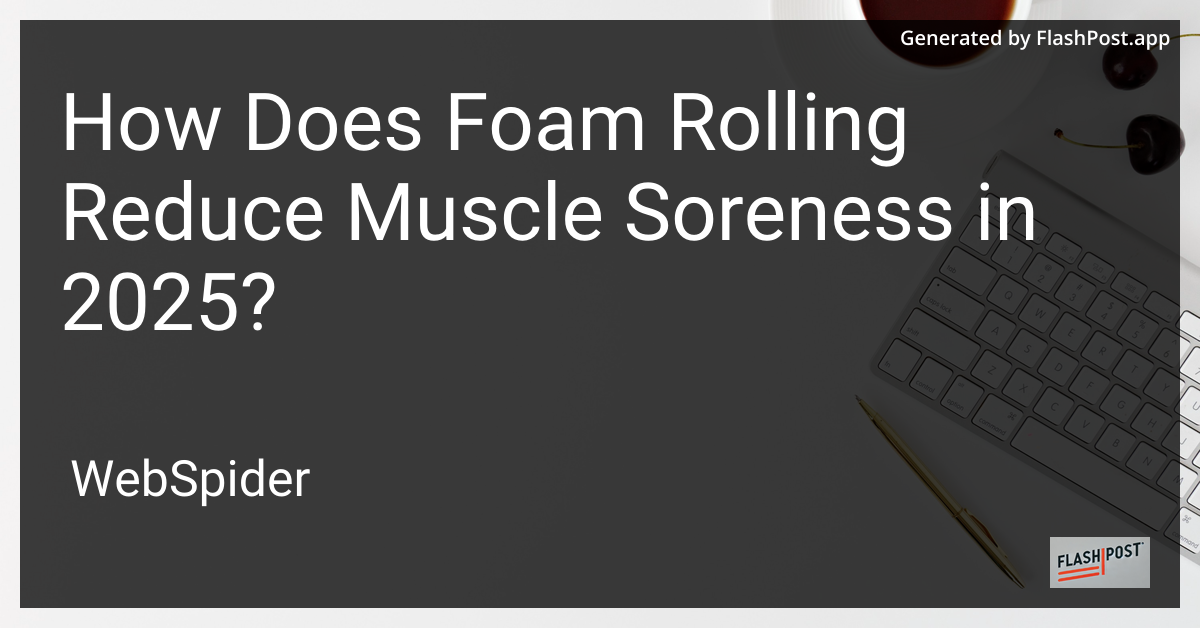
Foam rolling has become a widely popular practice among athletes and fitness enthusiasts, and its effectiveness in alleviating muscle soreness remains significant in 2025. By using a foam roller, you can enhance your recovery process, minimize discomfort, and optimize your overall performance.
Understanding Muscle Soreness
Muscle soreness, also known as delayed onset muscle soreness (DOMS), is a common experience after intense physical activity. It results from microscopic damage to muscle fibers, leading to inflammation and discomfort. While it is a natural part of building strength, managing this soreness is crucial for maintaining consistent fitness routines.
Benefits of Foam Rolling
1. Improved Blood Circulation
Foam rolling stimulates blood flow to the muscles, delivering oxygen and nutrients to the affected areas. This enhanced circulation aids in repairing damaged tissues more efficiently, reducing recovery time and alleviating soreness.
2. Myofascial Release
The process also involves myofascial release, where the gentle pressure from the roller helps to relieve tension within the fascia, the connective tissue surrounding muscles. Releasing these tightened areas can reduce stiffness and improve overall mobility.
3. Breaking Down Adhesions
Through foam rolling, knots and adhesions within the muscle fibers—commonly known as trigger points—are targeted and broken down. This process helps restore normal function to the muscles and decreases pain and discomfort.
4. Enhanced Range of Motion
Consistent use of a foam roller can result in improved flexibility and range of motion, making your exercises more effective. By maintaining optimal muscle function, you’re less likely to experience injury or excessive soreness.
Tips for Effective Foam Rolling
For effective relief, consider incorporating foam rolling into your warm-up and cool-down routines. Here are some tips to help you maximize the benefits:
- Apply gentle pressure and gradually increase intensity as your muscles accommodate.
- Focus on sore or tight areas but avoid rolling directly on joints or bones.
- Use a guide to selecting the best foam rollers to choose the right density and size for your needs.
Finding the Right Foam Roller
Several options exist for choosing the right foam roller. If you're new to foam rolling, consider checking out the latest foam roller discounts or reading a comprehensive foam roller guide to find one that suits your preferences and budget.
Conclusion
As we navigate 2025, foam rolling remains a powerful tool for reducing muscle soreness and enhancing physical performance. By understanding and applying the benefits of foam rolling, you can ensure a quicker recovery and more effective training sessions. Whether you're a seasoned athlete or a fitness newbie, embracing this practice can lead to healthier, more resilient muscles.